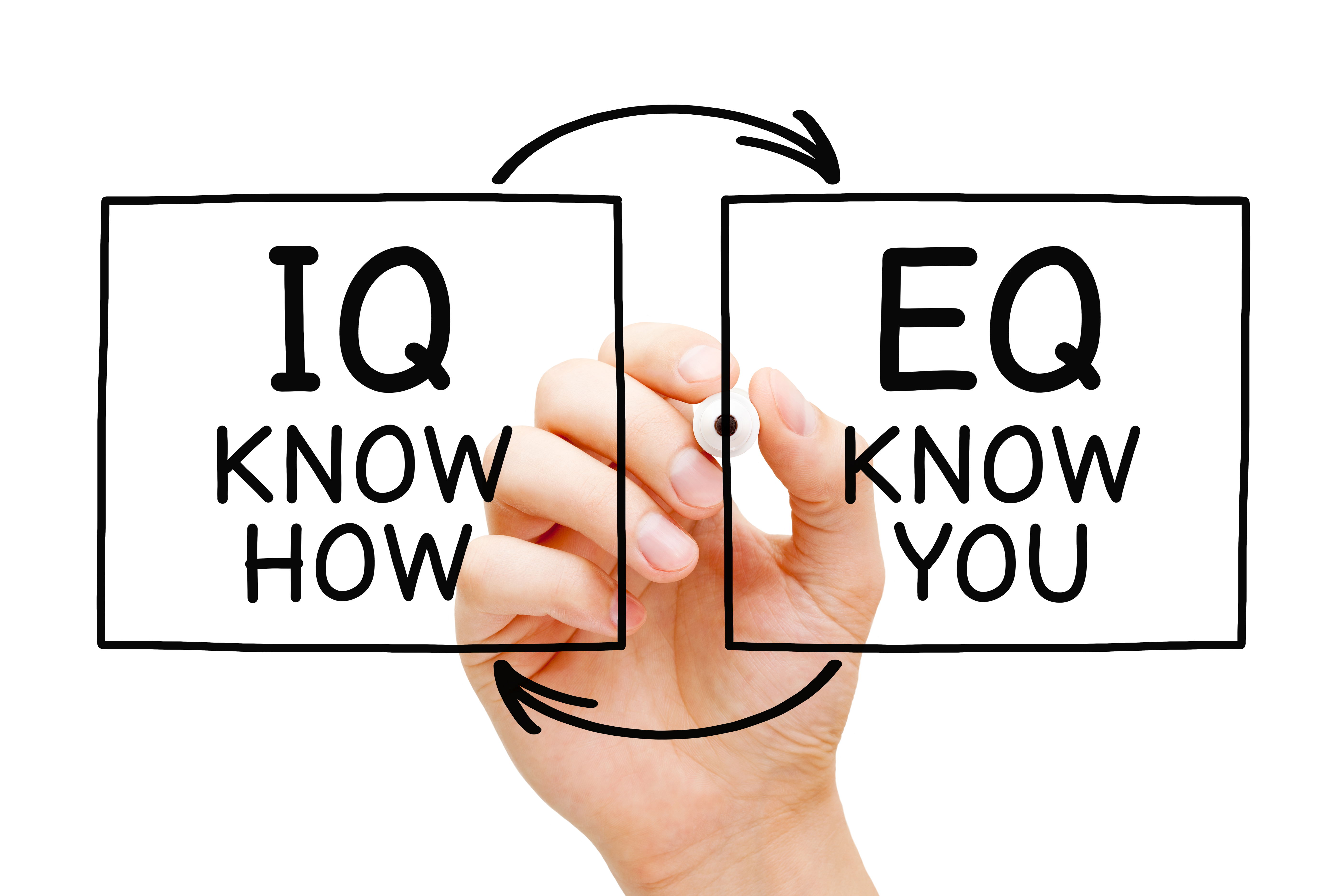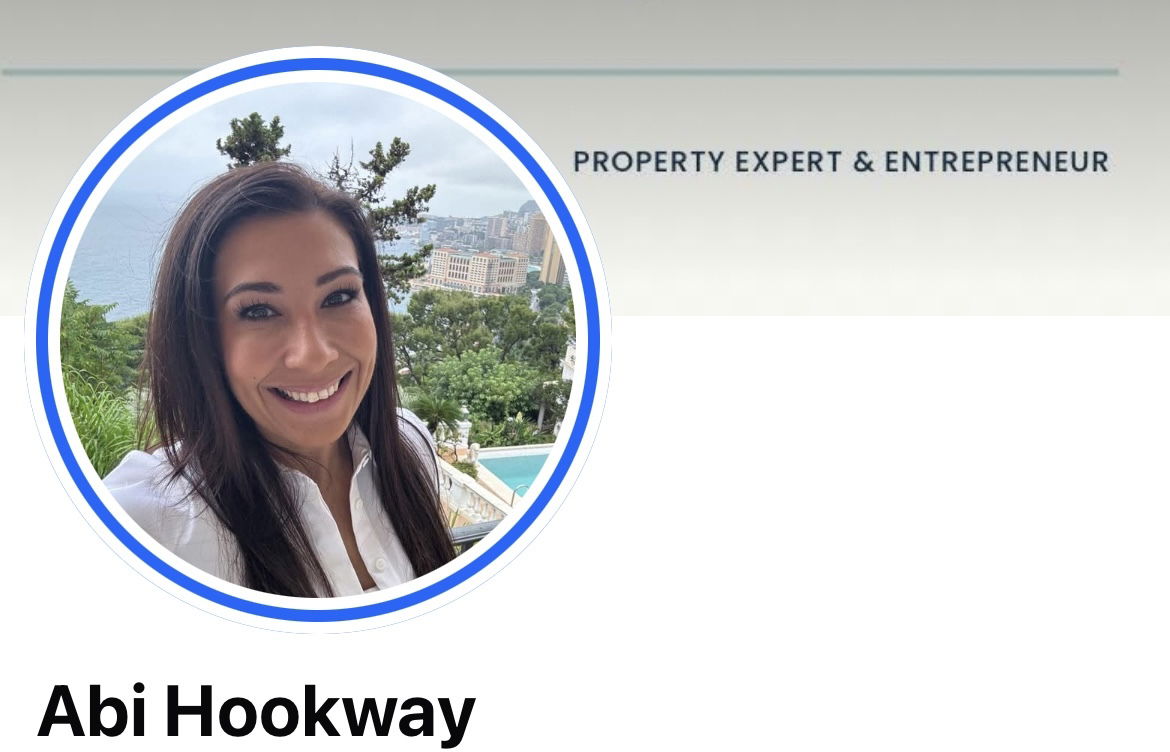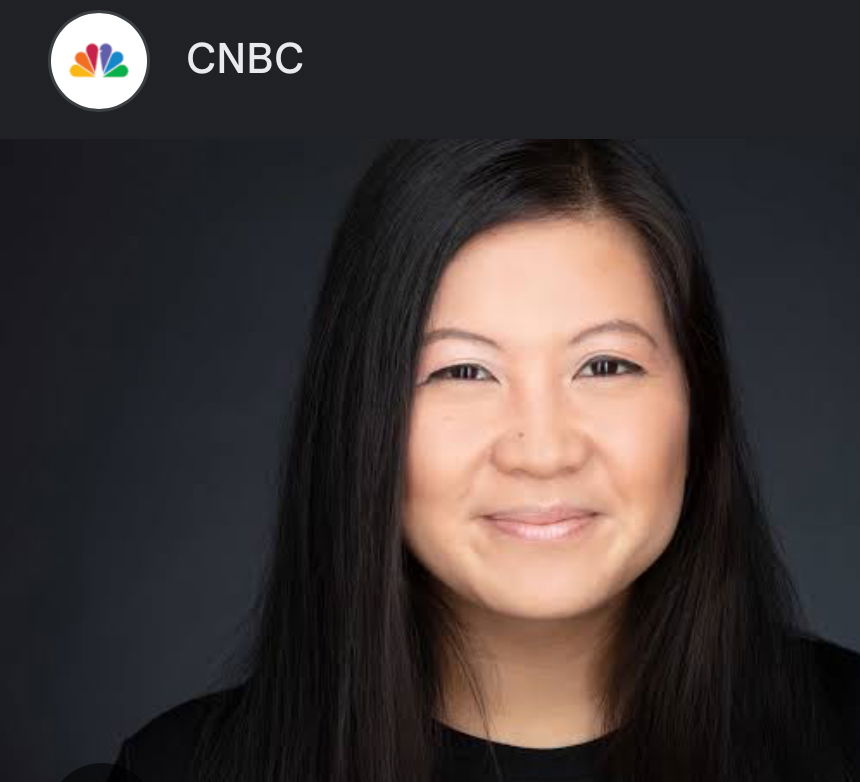Money, Mindset & the Modern Woman: Building Wealth Without Burning Out
The 2 A.M. Search for a Way Out
It was 2:08 a.m., and Mia sat in bed, laptop glowing, heart racing. Her search history read like a modern woman’s cry for help:“How to quit your job and still pay rent.”“Passive income for beginners.”“How much do I need to feel safe?”
By day, Mia was a marketing executive managing a team, a toddler, and a mounting list of expectations. By night, she was quietly crumbling under the weight of burnout—and the buried fear that despite her success, her money wasn’t buying her peace.
She’s not alone.
Today’s ambitious women are doing more than ever. But in the push for achievement, many of us are also silently questioning whether we’re doing it all wrong. This article is for every woman who’s ready to break free from burnout, reshape her money mindset, and build wealth in a way that feels aligned—not exhausting.

1. The Burnout Bank Account: Why Women Are Emotionally Overdrafted
We talk a lot about financial debt. But emotional debt? That one runs deeper—and for women, it often goes unnoticed.
We carry unpaid bills of responsibility: managing household decisions, tending to emotional needs of loved ones, and showing up at work like we don’t feel frayed at the edges. Research shows that women perform nearly 75% of the world’s unpaid care work—from parenting to elder care. Add to that the gender wealth gap (not just income, but total assets and long-term financial security), and it’s no wonder so many of us feel like we’re financially running in place.
Signs You’re Emotionally and Financially Burned Out:
- You earn well but feel like you have nothing to show for it.
- You’re constantly anxious about money—regardless of your actual bank balance.
- You spend impulsively to escape your stress… then feel guilty afterward.
- You’re exhausted by the idea of budgeting, investing, or “optimizing” one more thing.
The truth is, financial burnout doesn’t come from numbers alone. It comes from a system that teaches women to carry everything and ask for nothing.
But there’s a way out—and it doesn’t require working harder. It starts with changing how we think.

2. Rewriting the Wealth Script: What We Were Taught vs. What We Need Now
Most of us didn’t grow up hearing, “You can be wealthy and well-rested.”We heard:
- “Money doesn’t grow on trees.”
- “Be grateful for what you have.”
- “Don’t talk about money—it’s rude.”
- “A man should handle the finances.”
These old money scripts—passed down through culture, family, and society—have shaped our financial habits more than we realize. Whether you grew up in a household that struggled to make ends meet or one that never discussed money at all, those early experiences often define how we save, spend, and seek wealth today.
But here’s the truth: You are allowed to rewrite your money story.
How Limiting Beliefs Sabotage Wealth
If you subconsciously believe…
- “I’m not good with money”
- “I’ll never have enough”
- “Wanting more makes me greedy”
…you’ll unconsciously act in ways that confirm those beliefs. You might undercharge for your work, avoid investing, or sabotage financial progress with shame-driven decisions.

Flip the Script: New Money Beliefs to Practice
- “Money is a tool, not a measure of my worth.”
- “I am capable of creating and sustaining wealth.”
- “Abundance is my birthright—not a bonus.”
These aren’t just affirmations—they’re reminders that you get to choose what financial success looks like for you. Not Instagram. Not your parents. Not society.
Reflect: What’s Your Money Story?
Before you move forward, pause. Reflect. Reconnect with the roots of your financial mindset.
Journal Prompts (grab a notebook or use the worksheet mentioned below):
- What messages did I receive about money growing up?
- What fears or guilt do I associate with wanting more money?
- What kind of financial legacy do I want to leave behind?

3. Soft Power, Smart Money: Using Emotional Intelligence to Make Better Financial Decisions
In a world that often praises cold logic and cutthroat tactics, emotional intelligence (EQ) might seem like an unlikely money-making tool. But for women especially, EQ is a secret superpower—one that leads to better financial decisions, stronger boundaries, and healthier wealth-building habits.
What Is Emotional Intelligence, Really?
EQ is the ability to understand and manage your own emotions—and recognize and influence the emotions of others. It’s what helps you:
- Pause before impulse-buying to fill an emotional void
- Negotiate a raise with confidence instead of resentment
- Set financial boundaries without guilt
- Stay committed to long-term goals when fear or doubt creeps in
 Why EQ Matters in Money Management
Why EQ Matters in Money ManagementLet’s be honest: money decisions are rarely just about math.They’re about emotion—fear, guilt, shame, pride, hope. And EQ gives you the edge to handle those emotions like a CEO of your life.

Example: From People-Pleaser to Pay-Raiser
Sasha, a project manager in her early 30s, had never negotiated her salary. She feared being “too much,” even though she was doing the work of two people. After learning to name that fear—and reframe it as a boundary issue—she practiced a new script and asked for a 15% raise. She got it. And more importantly, she felt calm and confident doing it.
Quick Tips to Grow Your Financial EQ
- Notice emotional triggers around money. Is it shame when you look at debt? Fear when you think of investing? Curiosity is key.
- Use a pause rule. Before making a financial decision—especially a big one—pause 24 hours and check: Is this aligned with my values, or am I soothing a feeling?
- Practice saying no. Whether it’s declining a dinner out that busts your budget or turning down a client that drains your time, EQ lets you protect your energy and your bank account.

4. Designing a Life of Financial Alignment
What if wealth wasn’t just about how much you had—but how well your life fit your values?
In traditional finance, wealth is measured by numbers: income, investments, assets. But for the modern woman, real wealth is alignment—when your money, time, and energy reflect what actually matters to you.
This is the shift from performing success to living fulfilled.
Redefining Wealth on Your Terms
We asked women across different ages and backgrounds: What does wealth mean to you? Here’s what they said:
- “Freedom to work because I want to—not because I have to.”
- “Enough money to care for my parents and take care of myself.”
- “Peace of mind. No more late-night panic over bills.”
- “The ability to say no to things that don’t serve me.”

Introducing: Values-Based Budgeting
Forget strict spreadsheets for a moment. This method starts with your heart—not your calculator.
Step 1: Identify Your Core Values.
Pick 3–5 values that guide your life. Examples:
- Freedom
- Security
- Creativity
- Generosity
- Simplicity
- Rest
Step 2: Review Where Your Money’s Going. Look at your last month’s spending. Does it reflect those values? If “freedom” is a top value but 70% of your money goes to maintaining a lifestyle you hate, it’s time to realign.
Step 3: Reallocate Your Resources
- Cut spending that doesn’t serve your values—even if it impresses others.
- Increase spending where it does (e.g., investing in a business coach if growth is a goal).
- Schedule time for regular reflection and course correction.
“When you know your values, budgeting stops feeling like punishment—and starts feeling like power.”
Mini-Exercise: Your Alignment Audit
Use the worksheet to map out:
- Your top 5 values
- 3 recent purchases that align
- 3 that don’t—and what you’ll do differently next month

5. From Hustle to Flow: Building Wealth Without Losing Yourself
Somewhere along the way, we were sold a lie: That building wealth requires burning out. The grind, the hustle, the “sleep when you’re dead” energy—those were framed as necessary rites of passage. But for women who are already juggling careers, caregiving, relationships, and self-preservation, this model isn’t just unsustainable—it’s damaging.
Thankfully, there’s another way. Flow.
Flow isn’t about doing less. It’s about doing what’s right—at the right time, in the right way, with the right mindset. It’s alignment in action. And yes, it can make you rich.
 The Shift from Hustle to Flow-Based Wealth
The Shift from Hustle to Flow-Based WealthHere’s what it looks like:
| Hustle Culture Says… | Flow-Based Wealth Says… |
| Work more to earn more | Work smarter and create systems that scale |
| Say yes to every opportunity | Say yes to what aligns—and no to what doesn’t |
| Push through exhaustion | Rest is productive and strategic |
| Sacrifice now, enjoy later | Enjoy the journey as you build the future |
3 Ways to Build Wealth—Without Breaking Yourself
1. Conscious Investing
You don’t have to be an expert or start with thousands. Start with what you have and where you are.
- Use beginner-friendly apps or platforms (e.g., index funds, fractional shares)
- Consider socially responsible or ESG investing if alignment with values matters to you
- Set up auto-contributions so growth happens without constant attention

2. Passive Income That Fits Your Life
Instead of chasing complex side hustles that drain you, ask:
- What am I already good at?
- What can I automate, license, rent, or repurpose?
Examples:
- Turn a skill into a downloadable guide or course
- Invest in dividend-yielding stocks or real estate
- Monetize something you already enjoy (e.g., content, consulting, reselling)

3. Boundaries as a Wealth Strategy
Your time is your most valuable asset. Protecting it is essential for long-term wealth and well-being.
Try this:
- Block “white space” into your calendar weekly—no meetings, no errands
- Set clear client/employer boundaries (e.g., no responses after 6 p.m.)
- Reassess and reset expectations regularly to avoid slow-burn burnout
“Burnout doesn’t build wealth. Boundaries do.”
Get in touch for a: Flow-Based Financial Plan Worksheet
This printable worksheet helps you:
- Identify burnout patterns in your money habits
- List aligned income strategies
- Design a weekly routine that supports financial flow and well-being

6. Success Stories: 3 Women, 3 Paths to Financial Peace
Financial independence isn’t a one-size-fits-all journey. These three women from varied backgrounds have carved unique paths to financial peace, offering inspiration and actionable insights.

1. Tiffany James: From $10K to $2 Million—Empowering Black Women Investors
At 27, Tiffany James transformed a $10,000 investment into over $2 million. Starting her career in New York City’s fashion and hospitality sectors, she ventured into the stock market in 2019. Recognizing a gap in financial education for women of color, she founded Modern Blk Girl, a platform that has since grown to over 200,000 members, helping women of color earn more than $3.5 million in the stock market.
Her Flow Strategy:
- Start Small: Began investing with a modest amount, emphasizing that significant wealth can grow from small beginnings.
- Community Building: Created a supportive network to share knowledge and experiences.
- Education First: Focused on financial literacy to empower others.
Key Takeaway: Empowerment through education and community can lead to substantial financial growth.

2. Abi Hookway: From £24K Debt to a £7.5M Property Portfolio
Abi Hookway, a single mother from Doncaster, UK, faced £24,000 in debt and was told it would take 40 years to repay. Refusing to accept this, she ventured into property investment, starting by renting out properties on platforms like Airbnb. Her determination led her to build a £7.5 million property portfolio. Now, as a Property and Wealth Coach, she guides others on achieving financial freedom.
Her Flow Strategy:
- Leverage Existing Resources: Utilized available platforms to generate income.
- Continuous Learning: Educated herself on property investment strategies.
- Mentorship: Transitioned into coaching to help others achieve similar success.
Key Takeaway: With resilience and strategic action, it’s possible to turn financial adversity into prosperity.

3. Bernadette Joy: Crushing $300K Debt and Building a Million-Dollar Net Worth
Bernadette Joy, a first-generation American, found herself overwhelmed with over $300,000 in debt, including student loans and mortgages. Realizing that hard work alone wasn’t the solution, she adopted a strategic approach: downsizing expenses, selling unnecessary belongings, and embracing side hustles. Her efforts paid off, and she now boasts a net worth exceeding $1 million. Bernadette shares her journey through her podcast and book, Crush Your Money Goals.
Her Flow Strategy:
- Mindful Spending: Prioritized essential expenses and eliminated unnecessary ones.
- Income Diversification: Explored various income streams to accelerate debt repayment.
- Financial Education: Committed to learning and teaching financial literacy.
Key Takeaway: Strategic planning and adaptability are crucial in overcoming significant financial challenges.

7. Closing: You Deserve Wealth and Wellness
Let this be your reminder: You don’t have to sacrifice your sanity to secure your future.
Real wealth isn’t found in a relentless hustle or a maxed-out schedule. It’s found in how you feel when you wake up. In how free you are to say yes—or no. In the quiet confidence that your money supports your life, not the other way around.
The modern woman doesn’t just want a high income. She wants alignment, ease, and impact.
And that’s not selfish. That’s smart.
Because when a woman builds wealth from a place of peace, she uplifts everyone around her. Her children. Her community. Her legacy.
So take a breath. Pick one shift you can make this week—whether it’s rewriting your money story, setting a new boundary, or opening that investment account.And remember: wealth is built one aligned decision at a time.
The Flow-Based Financial Alignment Guide
Inside you’ll find:
- A values-based budgeting template
- Your burnout-to-boundaries checklist
- Journal prompts to help you reset your money mindset
- A weekly flow plan for sustainable wealth-building
Get in touch to receive your free copy of our “Flow-Based Financial Alignment Guide”
Liked this article? Share it with a sista, friend, or colleague who’s ready to shift from surviving to thriving. And don’t forget to explore more empowering content right here at The Online Women’s Development Network www.TOWDN.com.
